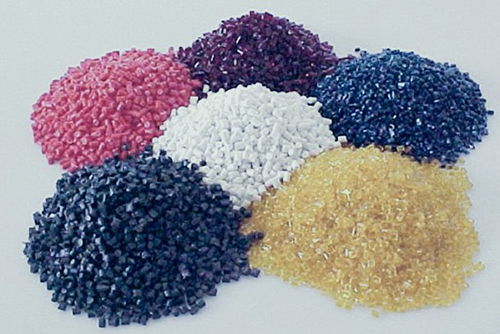What is rapid prototyping used for?
Views: 693 Update date: Jan 05,2024
Rapid prototyping is a technique used in various industries for quickly creating a physical model or prototype of a product, system, or component. The primary purposes of rapid prototyping include:Design Validation: Rapid prototyping allows designers to quickly create physical models of their ideas. This helps in validating and refining the design before committing to full-scale production. It allows for a hands-on evaluation of the product's form, fit, and function.
Communication and Collaboration: Prototypes provide a tangible representation of a concept, making it easier for designers, engineers, and stakeholders to communicate and collaborate. This can be particularly important when working with interdisciplinary teams or when trying to convey ideas to individuals who may not be familiar with technical drawings or specifications.
Iterative Development: Rapid prototyping facilitates an iterative design process. Designers can quickly make adjustments to the prototype based on feedback and test multiple design iterations in a relatively short period. This iterative approach helps in refining the product and addressing potential issues early in the development cycle.
Time and Cost Efficiency: Traditional manufacturing processes can be time-consuming and expensive. Rapid prototyping technologies, such as 3D printing, can significantly reduce the time and cost required to produce prototypes compared to traditional methods like CNC machining or injection molding.
Customization: Rapid prototyping is particularly useful for creating custom or one-of-a-kind designs. This is especially relevant in industries like healthcare, where personalized medical devices or implants may be required.
Risk Reduction: By creating a prototype early in the design process, potential risks and issues can be identified and addressed before investing in mass production. This helps in reducing the overall risk associated with product development.
Market Testing: Prototypes can be used to test the market's response to a new product before mass production begins. This can help companies gauge consumer interest, make necessary adjustments, and optimize the final product for market acceptance.
Overall, rapid prototyping is a versatile and valuable tool that accelerates the product development process, enhances collaboration, and improves the quality and functionality of the final product.




